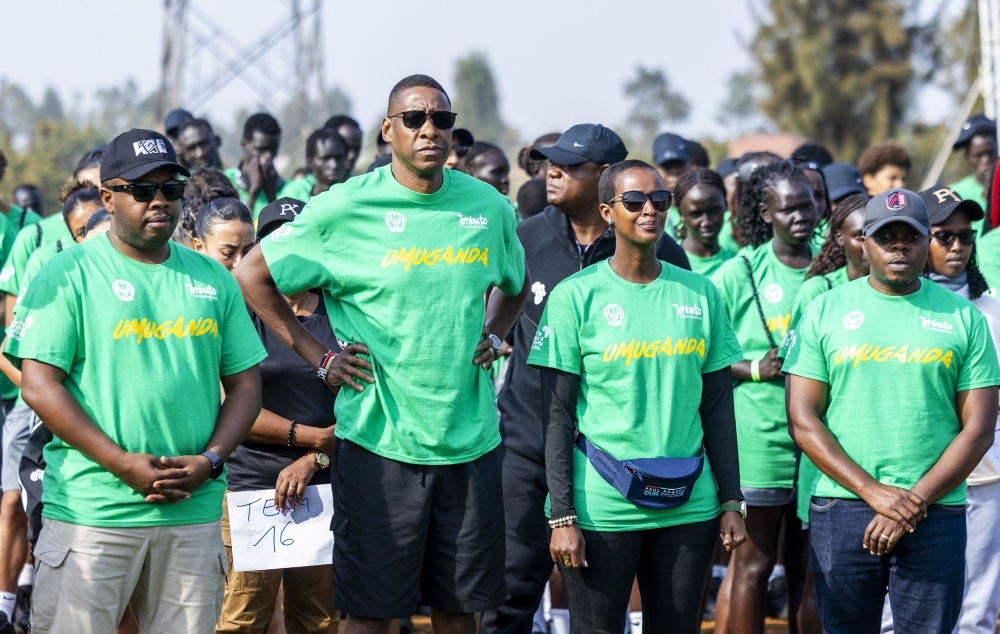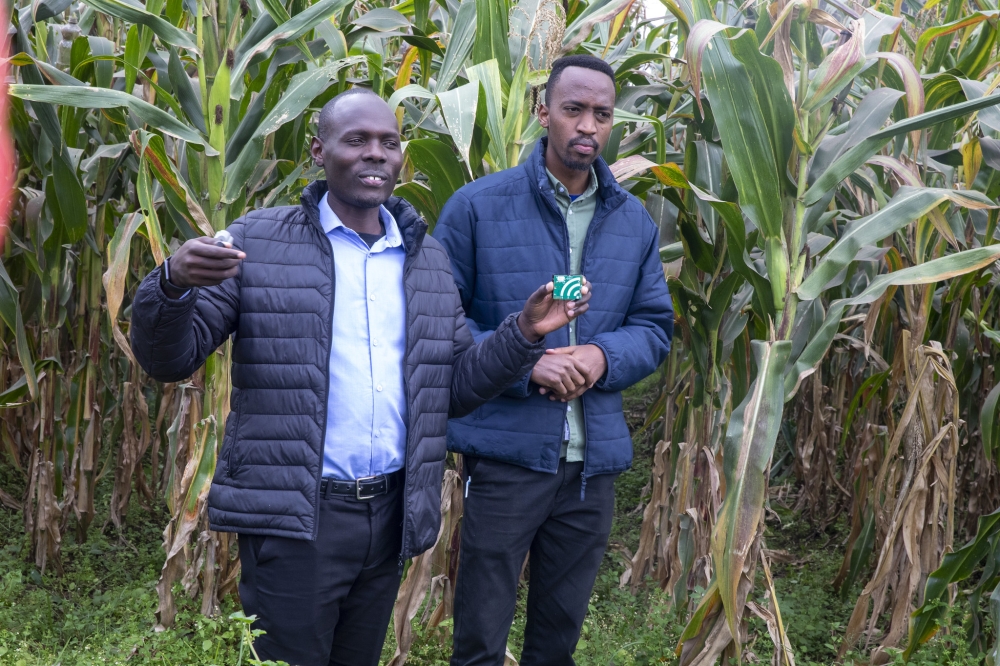Leprosy is as old as the renown story of mankind. Every year, more than 2,000 people are diagnosed with the disease worldwide. In a 2012 report, Rwanda Biomedical Centre (RBC) said more than 50 cases of the disease had been reported in the country.

Leprosy is as old as the renown story of mankind. Every year, more than 2,000 people are diagnosed with the disease worldwide. In a 2012 report, Rwanda Biomedical Centre (RBC) said more than 50 cases of the disease had been reported in the country.
Dr Micheal Gasana, the head of tuberculosis and other communicable respiratory diseases at RBC, said leprosy is a mild infection caused by a bacillus called mycobacterium leprae.
Dr Gasana said leprosy attacks nerves in the hands, feet as well as face, consequently leading to deformity.
However, he added, when treated early, there would be no loss of sensation.
In 2012, he called on the public to be on the look out for its symptoms that include; muscle weakness, especially in the hands and feet, skin stiffness and dryness, loss of fingers and toes, enlarged nerves, especially those around the elbow and the knee and eye problems.
"Even if leprosy is not a public health issue, the disease continues to cause some concern due to the deformities it leaves with the victims,” Dr Gasana told The New Times.
Leprosy kills nerves, leaving the patient unable to feel pain. This means that when the person treads on something sharp or holds something hot, they do not feel pain.
Dr Gasana said leprosy can be treated with multi-drug therapy. Within two weeks of starting the drugs, there would be no risk of the disease spreading to anyone else.
The areas most affected by the disease include Bugarama in Rusizi, Kirarambogo in Gisagara, Nzangwa in Bugesera, Nyundo in Rubavu and Kabilizi in Nyaruguru.






